Home>Ideas and Tips>Choosing The Perfect Pillow For Better Sleep


Ideas and Tips
Choosing The Perfect Pillow For Better Sleep
Published: November 1, 2024
Discover how to choose the perfect pillow for better sleep by exploring types, materials, and features that enhance comfort and support.
(Many of the links in this article redirect to a specific reviewed product. Your purchase of these products through affiliate links helps to generate commission for Storables.com, at no extra cost. Learn more)
Sleep is one of the most essential aspects of our daily lives, and a good night's sleep can significantly impact our overall well-being. While many factors contribute to a restful night, the pillow we use plays a crucial role in ensuring that we get the quality sleep we need. In this article, we will delve into the world of pillows, exploring the different types, materials, and features that can help you choose the perfect pillow for better sleep.
Understanding the Importance of a Pillow
Before we dive into the specifics of choosing a pillow, it's important to understand why a good pillow is so crucial. Here are some key points:
-
Support and Alignment: A pillow should provide adequate support for your neck and head, ensuring proper alignment of your spine. This helps prevent strain on your muscles and joints, which can lead to chronic pain and discomfort.
-
Comfort: The comfort level of a pillow is subjective but essential. It should be soft enough to cradle your head and neck but firm enough to maintain proper support.
-
Breathability: A breathable pillow allows for airflow, which helps regulate body temperature. This is particularly important for people who tend to sleep hot or cold.
-
Allergy Sufferers: For those who suffer from allergies, a hypoallergenic pillow made from materials that resist dust mites, mold, and mildew is crucial.
-
Sleep Quality: A good pillow can enhance sleep quality by providing the right amount of support and comfort. This leads to better rest and improved mental health.
Read more: Tips For Choosing The Perfect Throw Pillows
Types of Pillows
There are several types of pillows available in the market, each designed to cater to different needs and preferences. Here’s an overview of some common types:
1. Memory Foam Pillows
Memory foam pillows are made from viscoelastic polyurethane foam that conforms to the shape of your head and neck. These pillows offer excellent support and pressure relief, making them ideal for side sleepers.
-
Pros:
- Excellent pressure relief
- Customizable support
- Reduces motion transfer
-
Cons:
- Can retain heat
- May have a strong chemical smell when new
2. Down Pillows
Down pillows are filled with the soft, fluffy feathers from geese or ducks. They are known for their loftiness and softness but can be less supportive for some users.
-
Pros:
- Extremely soft
- Can be very comfortable
-
Cons:
- May lose shape over time
- Not hypoallergenic
3. Hybrid Pillows
Hybrid pillows combine different materials like memory foam and down feathers or latex and wool. These pillows offer a balance between support and comfort.
-
Pros:
- Offers both support and loft
- Can be hypoallergenic depending on the materials used
-
Cons:
- May be more expensive than single-material pillows
4. Buckwheat Pillows
Buckwheat pillows are filled with hulls from the buckwheat plant. They provide excellent support and maintain their shape well but can be heavy.
-
Pros:
- Excellent support
- Hypoallergenic
- Keeps its shape well
-
Cons:
- Can be heavy
- May have a distinctive smell
5. Latex Pillows
Latex pillows are made from natural or synthetic latex. They offer excellent support and are breathable but can be too firm for some users.
-
Pros:
- Excellent support
- Breathable
- Hypoallergenic
-
Cons:
- Can be too firm for some users
6. Water Pillows
Water pillows use water as the filling material inside a bladder or bag. They provide customizable support and can be very comfortable.
-
Pros:
- Customizable support
- Can be very comfortable
-
Cons:
- May leak if not properly sealed
- Can be heavy when filled
Materials Used in Pillows
The material used in a pillow significantly affects its performance and comfort level. Here’s an overview of common materials:
1. Memory Foam
Memory foam is made from viscoelastic polyurethane foam that conforms to the shape of your head and neck. It provides excellent pressure relief and support but can retain heat.
2. Down Feathers
Down feathers are soft, fluffy feathers from geese or ducks used in pillows for their loftiness and softness but may not be supportive enough for some users.
3. Buckwheat Hulls
Buckwheat hulls provide excellent support by maintaining their shape well but can be heavy due to their density.
4. Latex
Latex comes in natural or synthetic forms and offers excellent support while being breathable but may be too firm for some users.
5. Wool
Wool is a natural material that provides excellent breathability and can be hypoallergenic but may not offer enough support for some users.
6. Synthetic Fibers
Synthetic fibers like polyester or cotton are often blended with other materials to create pillows that offer a balance between support and comfort but may not be as breathable as natural fibers.
Features to Consider
When choosing a pillow, there are several features you should consider:
1. Loft
Loft refers to how thick or thin the pillow is. Different lofts cater to different sleeping positions:
- Low Loft: Ideal for back sleepers who need minimal support under their head.
- Medium Loft: Suitable for side sleepers who need moderate support.
- High Loft: Best for stomach sleepers who require extra support under their head.
2. Cover Material
The cover material should be breathable, soft, and easy to clean:
- Cotton: A popular choice due to its breathability and softness.
- Bamboo: Known for its breathability and eco-friendliness.
- Silk: Offers luxurious feel but may be more expensive.
3. Hypoallergenic Properties
If you suffer from allergies, look for hypoallergenic properties:
- Treated Fabrics: Some fabrics are treated with hypoallergenic coatings.
- Natural Materials: Materials like latex or wool are naturally hypoallergenic.
4. Cooling Properties
Cooling properties help regulate body temperature:
- Phase Change Materials: Some pillows incorporate phase change materials that absorb heat during sleep and release it when you wake up.
- Ventilation Systems: Some pillows have built-in ventilation systems that enhance airflow.
How to Choose the Perfect Pillow
Choosing the perfect pillow involves considering several factors based on your specific needs:
-
Sleeping Position:
- Back Sleepers: Low to medium loft pillows provide minimal support under the head.
- Side Sleepers: Medium loft pillows offer moderate support for side sleepers.
- Stomach Sleepers: High loft pillows provide extra support under the head.
-
Comfort Level:
- If you prefer softness, down or hybrid pillows might be suitable.
- For firmer support, memory foam or latex pillows could be better.
-
Allergies:
- Hypoallergenic materials like latex or wool are ideal for those with allergies.
-
Breathability:
- Natural fibers like cotton or bamboo ensure good airflow and breathability.
-
Customization:
- Adjustable pillows like water pillows allow customization of support levels based on individual preferences.
Maintenance Tips
To ensure your pillow remains effective over time:
-
Rotate Regularly: Rotate your pillow every few days to maintain even wear and tear.
-
Clean Regularly: Wash the cover regularly in cold water using mild detergent; avoid machine drying as it can damage some materials.
-
Fluff Up: Fluff up your pillow daily to maintain its shape and loft.
-
Replace When Necessary: Replace your pillow every 1-2 years depending on usage; signs like flatness or loss of support indicate it’s time for a new one.
Conclusion
Choosing the perfect pillow involves considering multiple factors including sleeping position, comfort level, allergies, breathability, customization options, and maintenance requirements. By understanding these aspects and selecting a pillow that meets your specific needs, you can significantly improve your sleep quality leading to better rest and overall well-being.
In conclusion, while there is no one-size-fits-all solution when it comes to choosing a pillow due to individual preferences and needs; understanding different types of pillows along with their materials and features can guide you towards making an informed decision that enhances your sleep experience significantly.
This article aims to provide comprehensive information about choosing the perfect pillow for better sleep by exploring various types of pillows available in the market along with their materials and features while also offering practical tips on how to maintain them effectively over time ensuring optimal performance throughout its lifespan.
Was this page helpful?
At Storables.com, we guarantee accurate and reliable information. Our content, validated by Expert Board Contributors, is crafted following stringent Editorial Policies. We're committed to providing you with well-researched, expert-backed insights for all your informational needs.


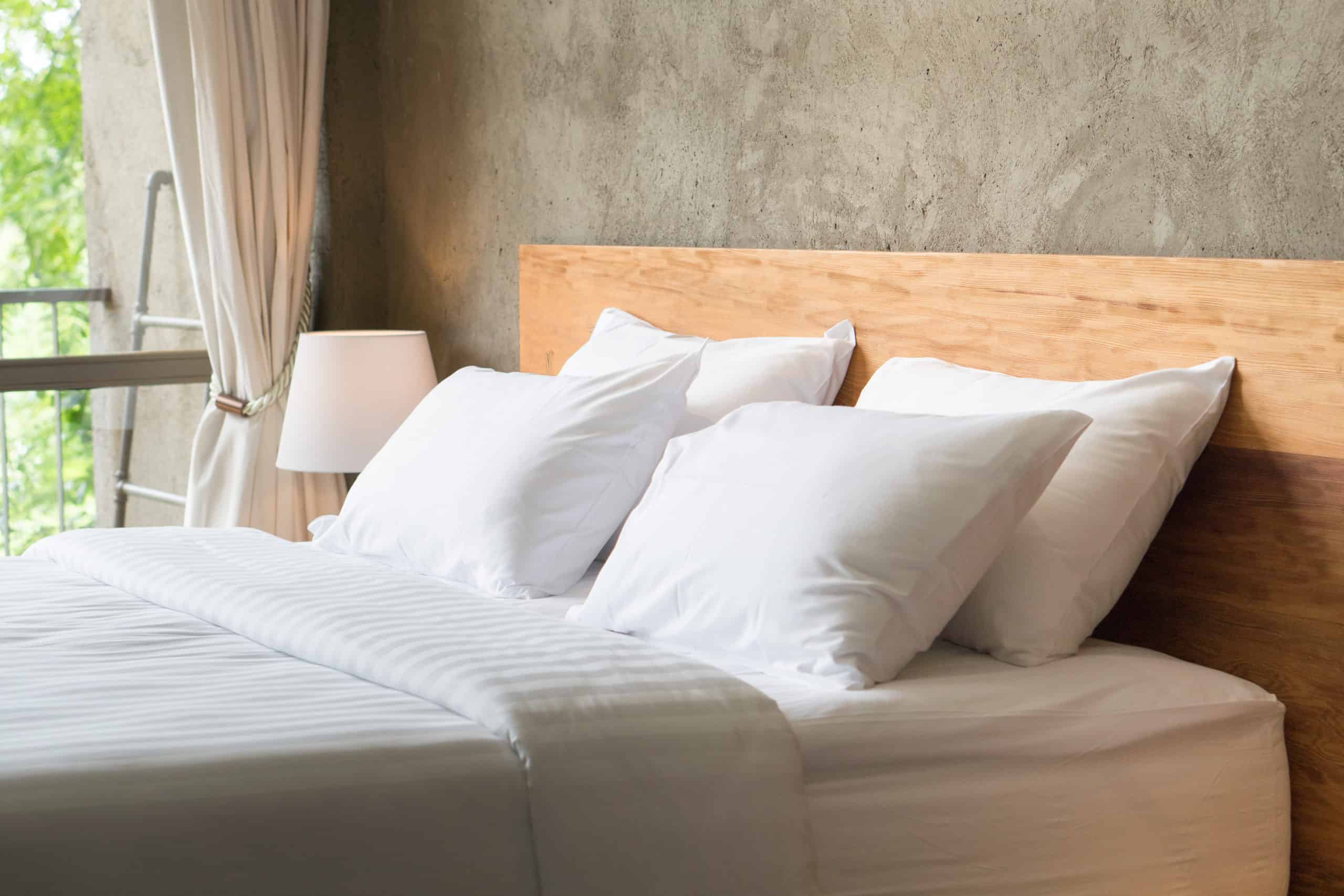
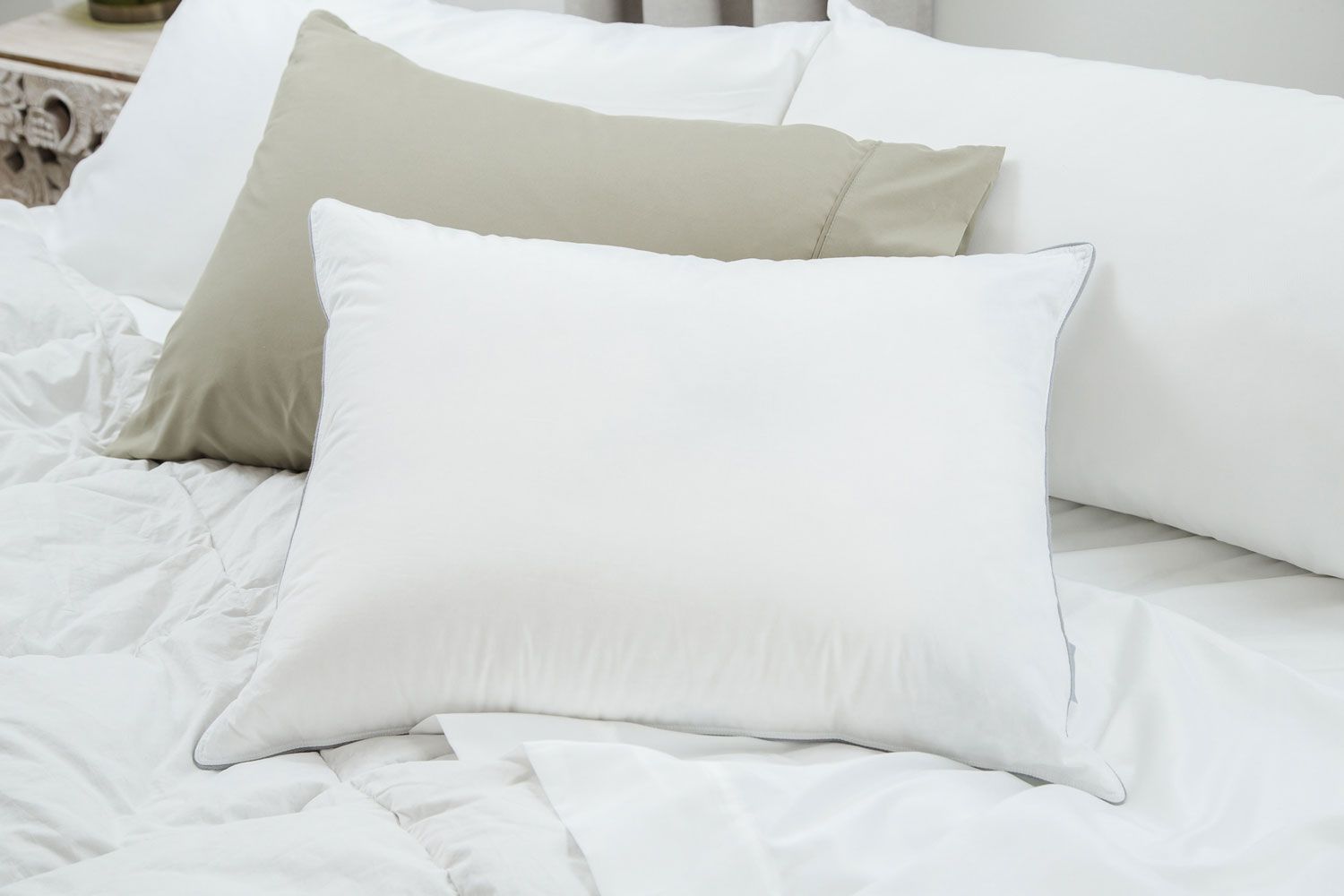

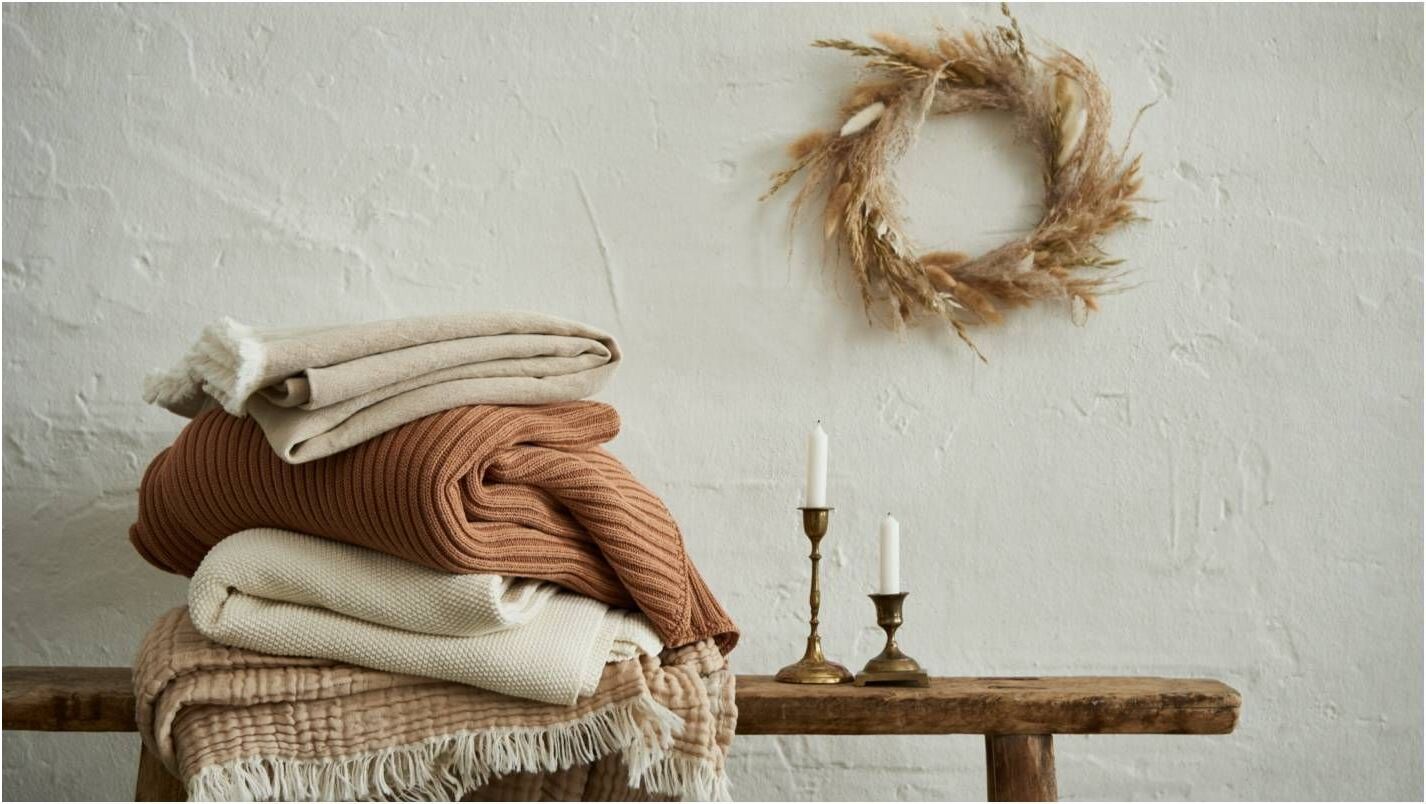


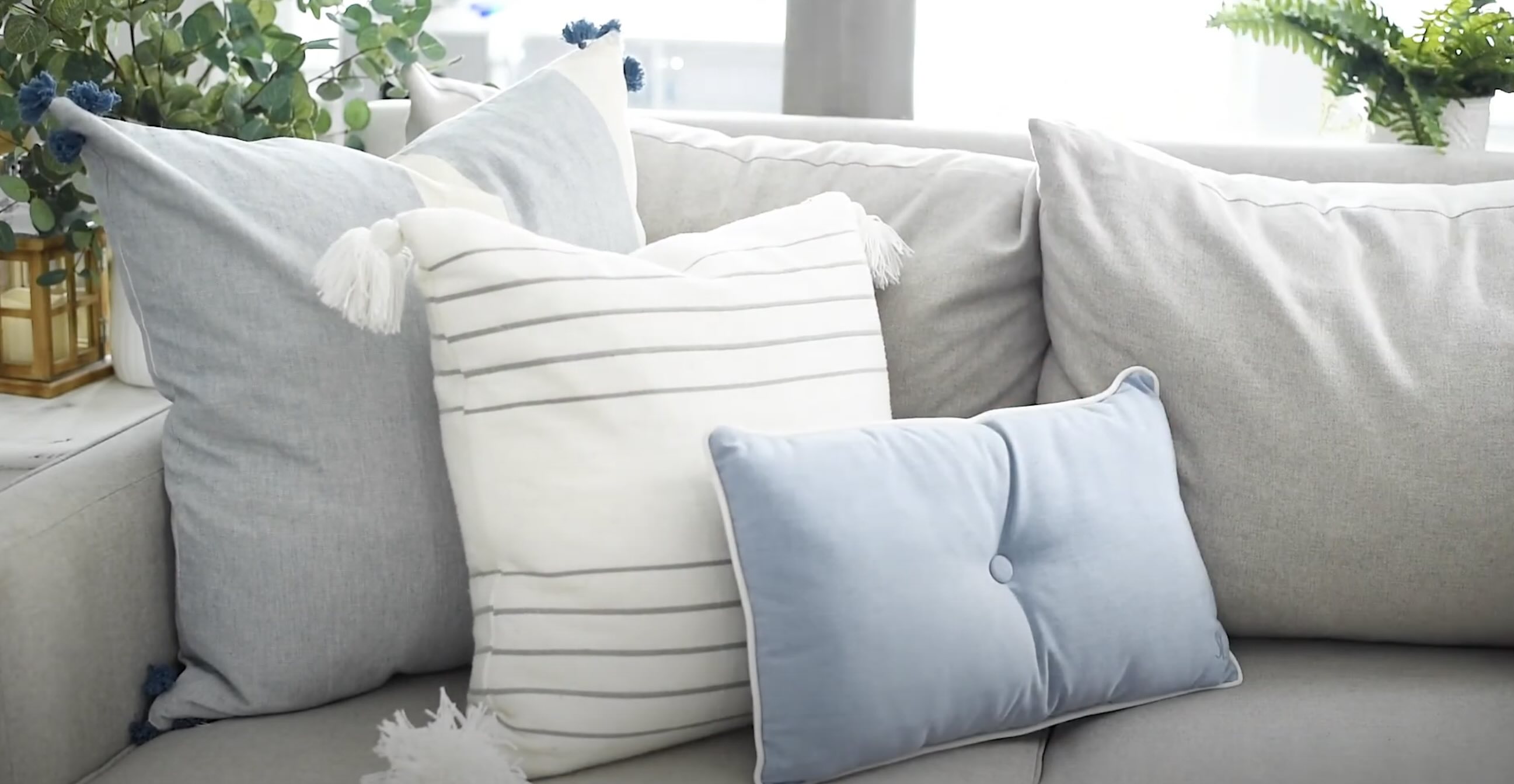


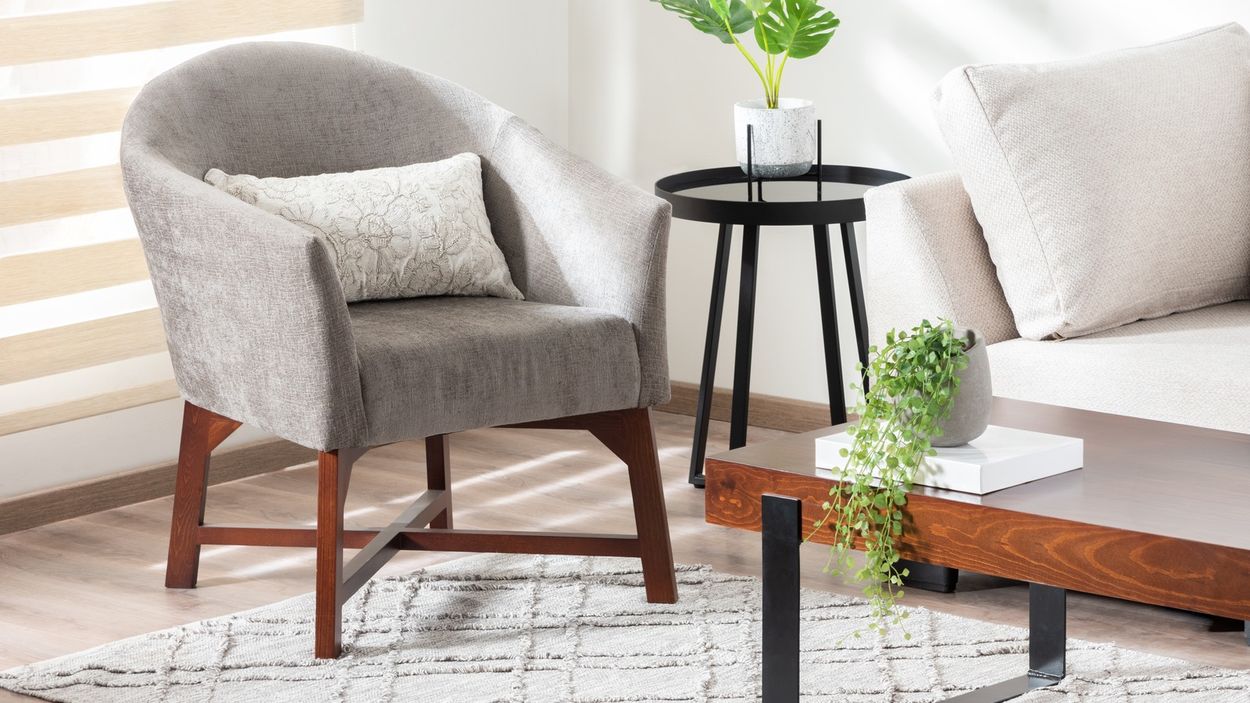
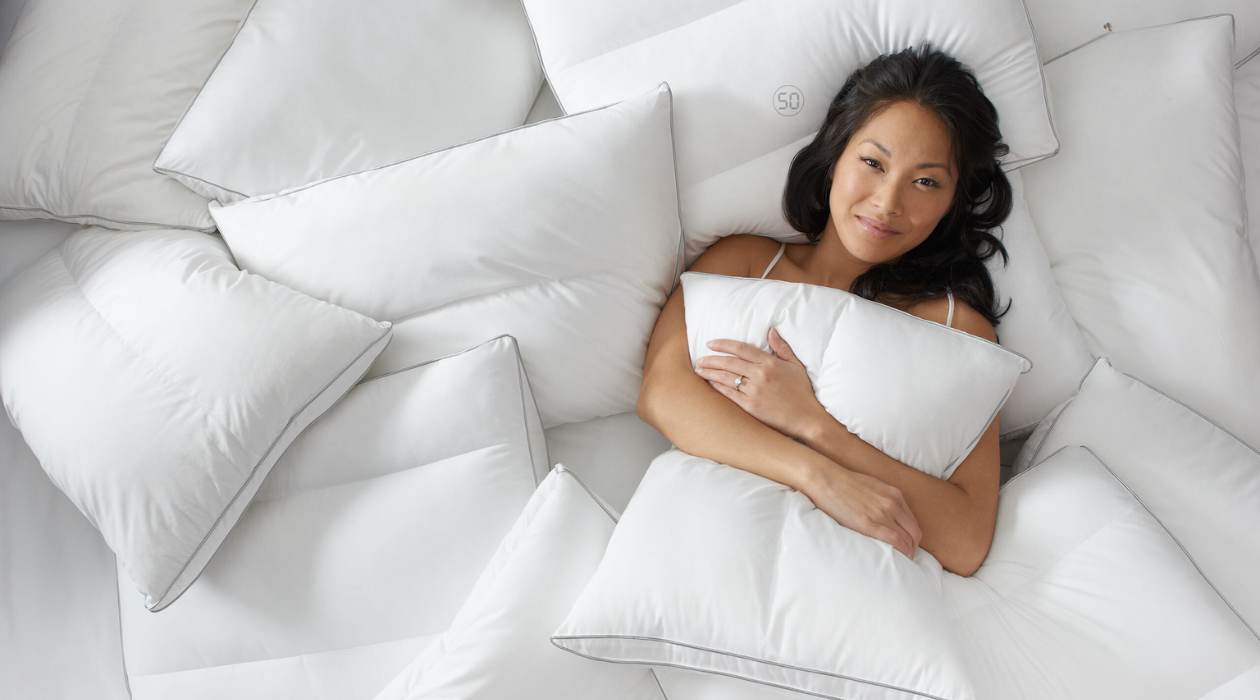


0 thoughts on “Choosing The Perfect Pillow For Better Sleep”